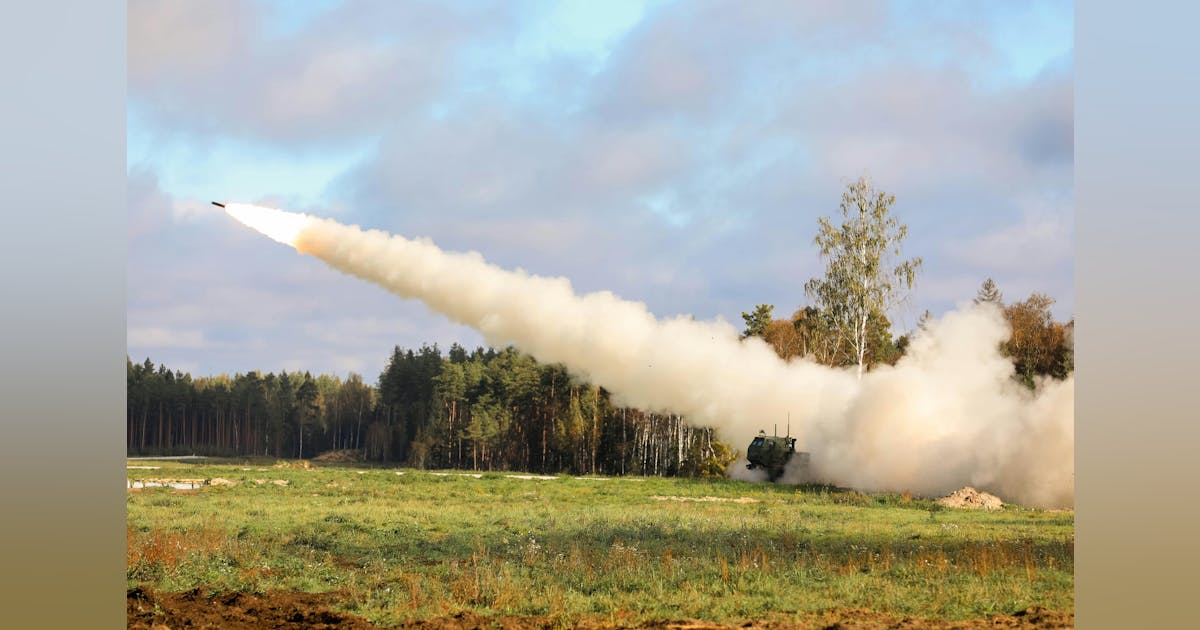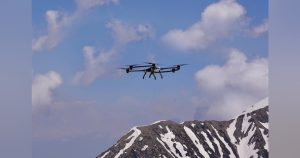Army’s Next-Gen Missile Launchers: Revolutionizing Battlefield Firepower
The U.S. Army is undertaking an ambitious overhaul of its artillery systems, aiming to develop mobile, air-transportable missile launchers capable of deploying both medium and heavy munitions. This initiative, known as the Common Autonomous Multidomain Launcher (CAML), is positioned to transform military operations with advanced technologies that enhance power projection, responsiveness, and adaptability across global theaters.
The Big Picture: Why CAML and Why Now?
Envision a futuristic battlefield where threats materialize from beyond the horizon—hypersonic missiles, drone swarms, high-speed armor. To maintain a tactical advantage, the Army requires artillery systems that are swift, adaptable, and deliver potent firepower over long distances with minimal notice. Overseen by the Army’s Rapid Capabilities and Critical Technologies Office (RCCTO), the CAML program addresses current operational demands by replacing outdated artillery with innovative solutions to maximize firepower, autonomy, and survivability.
Meet the CAMLs: Two Flavors for Maximum Flexibility
| Variant | Base Vehicle | Munition Types | Key Features |
|---|---|---|---|
| CAML-Heavy (CAML-H) | M1075 Palletized Loading System (PLS) or equivalent 15-ton tactical vehicle | Tomahawk, Patriot (PAC-3), other long-range munitions | Long-range strike, heavy payloads, integration with larger and heavier munitions |
| CAML-Medium (CAML-M) | Family of Medium Tactical Vehicles (FMTV) | MLRS family munitions, Indirect Fire Protection Capability (IFPC) with AIM-9X interceptors | Rapid deployment, autonomous resupply, integration with existing artillery rockets |
The CAML-H variant is designed for long-range operations, mounted on a robust 15-ton PLS tactical vehicle, capable of launching substantial munitions like the Tomahawk and PAC-3. In contrast, the CAML-M emphasizes agility, using a more mobile FMTV chassis to support frontline forces and integrate with existing artillery systems.
Autonomy, Logistics, and “Plug-and-Play” Missiles
The CAML variants are engineered to operate with or without a crew, enhancing survivability by minimizing direct soldier involvement. The CAML-M features an Autonomous Resupply Vehicle (ARV) that can reload missile pods autonomously, revolutionizing battlefield logistics by automating resupply tasks and reducing vulnerability during reloading.
The Army mandates an open interface for easy integration of new munitions, ensuring the system remains relevant amid evolving threats like hypersonic and cruise missiles.
What Can They Fire? The Arsenal Unleashed
The CAML platforms are equipped to deploy a diverse range of missiles, including:
- Tomahawk: Known for precision land-attacks and now mobile for Army use.
- Patriot (PAC-3): Versatile interceptors capable of targeting ballistic missiles and drones.
- ATACMS & PrSM: Reliable long-range tactical missiles with future enhancements promised.
- MLRS Family: Variety of guided rockets suited for tactical flexibility and quick reloading.
- AIM-9X Interceptors: Effective for short-range air defense.
This capability transforms each CAML unit into a multi-domain launcher, engaging land, sea, and air targets effectively, and plugging into joint and coalition networks.
The Roadmap: Timeline, Prototyping, and Partnership with Industry
The Army has outlined a clear expedited path for development:
- Industry submissions (10 pages) are due by July 2025.
- Expectations for rapid prototyping with evaluations in 18–36 months post-contract.
- No single-vendor restrictions, encouraging diverse solutions from multiple industry teams.
- Building on previous Army experiments to enhance and refine capabilities.
What Does This Mean for the Future Battlefield?
The operational impact of CAML is vast, enabling rapid deployment of mobile missile systems capable of defensive and offensive maneuvers. These assets will integrate seamlessly with joint forces, leveraging familiar munitions and Navy control systems, promoting interoperability across branches and international allies.
Why CAML Matters: A Human and Strategic Perspective
Imagine an Army artillery crew operating advanced launchers while autonomous vehicles streamline resupply operations. This shift minimizes soldier risk, elevates operational pace, and ensures effective resource allocation in dynamic environments.
What’s Next? Industry’s Moment to Shine
With an open call for innovative solutions, industry leaders are poised to deliver groundbreaking technologies. The CAML program epitomizes the synergy between military modernization and collaborative partnerships, emphasizing the Army’s commitment to agile and autonomous firepower for future confrontations.













